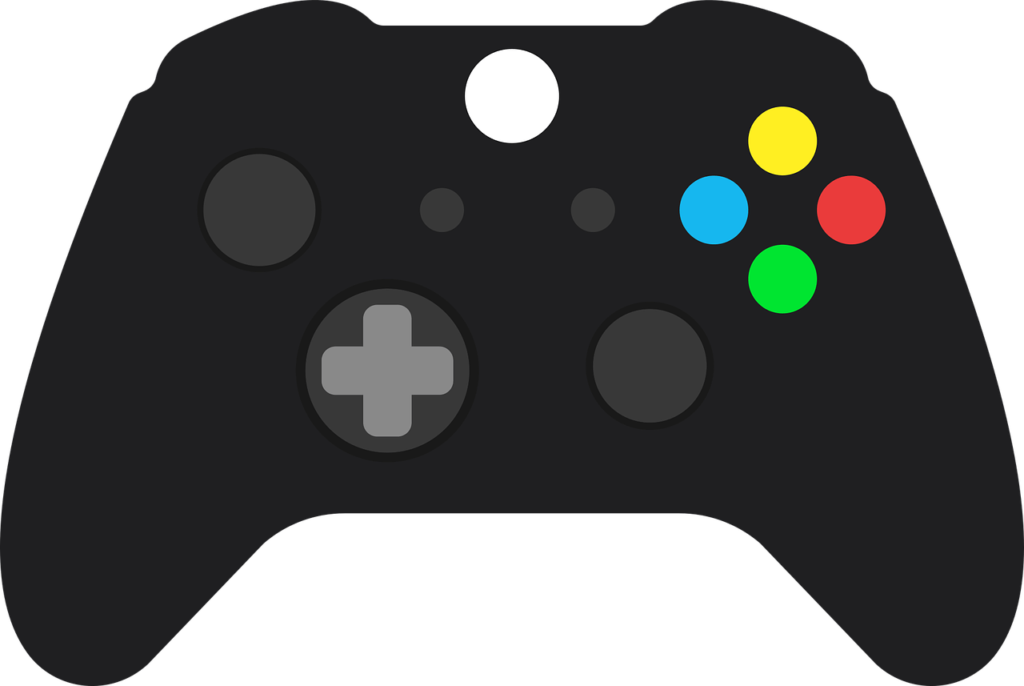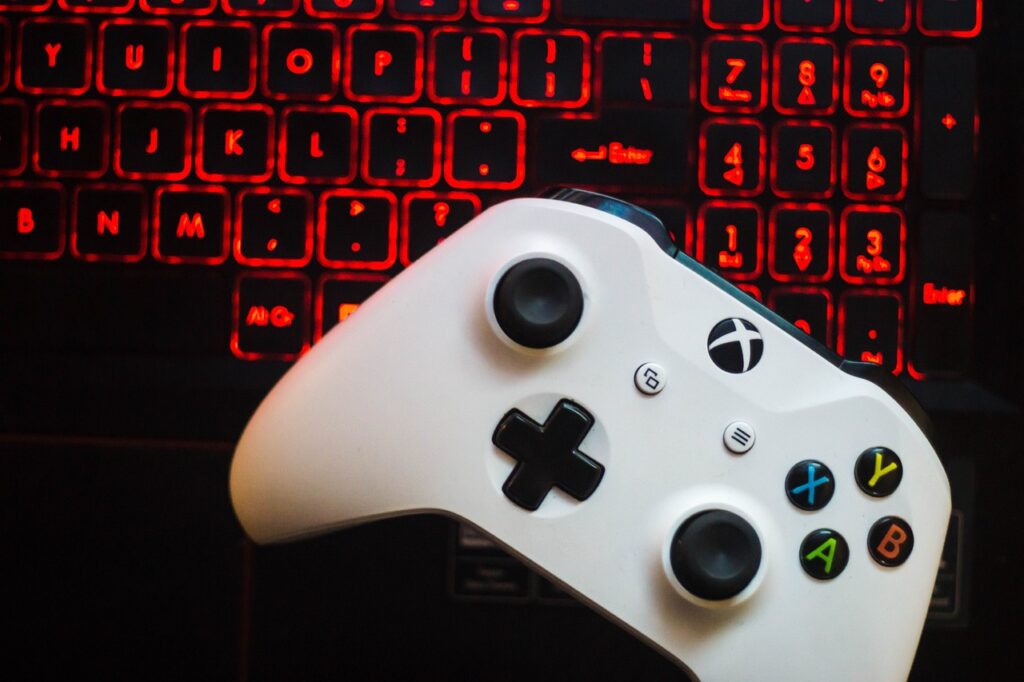Which Gaming Console Introduced Wireless Controllers?
Welcome to a journey through gaming history! “Which Gaming Console Introduced Wireless Controllers?” takes you back to uncover the milestones in gaming technology. This article highlights the console that revolutionized the gaming world by freeing players from the constraints of wired controllers. By diving into the legacy and evolution of wireless gamepads, you’ll discover how one innovative leap forever changed the way we play our favorite games. Have you ever wondered which gaming console first introduced wireless controllers? As a passionate gamer, you’re always looking for the latest advancements in gaming technology, but sometimes it’s fun to take a trip down memory lane. In this article, we’ll explore the evolution of wireless controllers and the gaming console that first brought this revolutionary technology to our living rooms.
A Brief History of Gaming Controllers
Before we dive into the introduction of wireless controllers, it’s essential to understand where gaming controllers started. The evolution of gaming controllers has been a fascinating journey marked by innovation and creativity.
The Early Days of Gaming Controllers
In the early days of gaming, controllers were simplistic. They often featured just a few buttons and a joystick. The Atari 2600, released in 1977, is a prime example. It had a single joystick and a button, which were groundbreaking at the time.
The Rise of More Complex Controllers
As gaming technology advanced, so did the complexity of controllers. Consoles like the NES and Sega Genesis introduced controllers with directional pads and multiple buttons. These innovations paved the way for more immersive and intricate gaming experiences.
The Wired Era
For many years, wired controllers were the norm. They provided a reliable and direct connection between the console and the controller, ensuring minimal latency and maximum responsiveness.
Benefits of Wired Controllers
While wired controllers might seem outdated today, they had several advantages. They didn’t require batteries, they often had faster response times, and there was no risk of losing connectivity.
Limitations of Wired Controllers
However, wired controllers also had limitations. The cables could become tangled, restricting movement and sometimes even causing the console to be pulled off its shelf. Gamers yearned for more freedom and flexibility in their gaming experience.

The Birth of Wireless Controllers
The introduction of wireless controllers marked a significant milestone in gaming history. It allowed players to enjoy their favorite games without the constraints of cables.
The First Wireless Controllers
The very first wireless controllers were quite rudimentary by today’s standards. They were often infrared-based, requiring a direct line of sight to the console to function correctly. Despite their limitations, they represented a monumental shift in gaming technology.
The Evolution of Wireless Technology
As wireless technology improved, so did the capabilities of wireless controllers. Bluetooth and radio frequency (RF) became the standards, providing more reliable connections and greater range.
Which Console Introduced Wireless Controllers?
So, the main question remains: which gaming console introduced wireless controllers? The answer is the Nintendo Entertainment System (NES).
Nintendo Entertainment System (NES) – First Foray into Wireless
In 1989, Nintendo released the NES Satellite, which was an accessory that allowed up to four controllers to be connected wirelessly. This was a groundbreaking development that provided gamers with unprecedented freedom.
| Console | Year Released | Wireless Accessory | Technology Used |
|---|---|---|---|
| Nintendo Entertainment System (NES) | 1989 | NES Satellite | Infrared |
Sega Genesis – An Early Pioneer
Following Nintendo’s footsteps, Sega also introduced wireless controllers for the Sega Genesis. Sega’s IR7000 included a pair of infrared wireless controllers, which, although not perfect, further pushed the envelope.
| Console | Year Released | Wireless Accessory | Technology Used |
|---|---|---|---|
| Sega Genesis | 1993 | IR7000 | Infrared |

The Impact of Wireless Controllers
The introduction of wireless controllers had a profound impact on the gaming industry. It ushered in a new era of convenience and flexibility for gamers.
Enhanced Multiplayer Experience
Wireless controllers greatly improved the multiplayer experience. Friends could sit comfortably around the room without worrying about tripping over cables or being limited by the length of controller cords.
Greater Immersion and Comfort
The ability to play from a distance allowed players to get more comfortable and immersed in their gaming. Couch gaming became more relaxed and enjoyable.
Technological Advancements Over Time
Wireless controllers have continued to evolve, incorporating more advanced technologies and features over the years.
Bluetooth and RF Technology
Modern wireless controllers predominantly use Bluetooth and Radio Frequency (RF) technology. These methods provide robust and reliable connections, reducing latency and increasing range.
Rechargeable Batteries
Modern wireless controllers often come with rechargeable batteries, making them more convenient and environmentally friendly. Gone are the days of constantly buying and replacing batteries.
Additional Features
Today’s wireless controllers also come loaded with new features such as haptic feedback, advanced motion sensors, and touchpads. These innovations provide a more immersive and dynamic gaming experience.
| Feature | Description |
|---|---|
| Bluetooth Technology | Provides a reliable and low-latency connection |
| Rechargeable Batteries | Environmentally friendly and convenient |
| Haptic Feedback | Adds a level of tactile immersion to gaming |
| Advanced Motion Sensors | Allow for motion-based gameplay dynamics |
| Touchpads | Provide an additional input method for more versatility |

Future of Wireless Controllers
As we look to the future, wireless controllers will continue to innovate and evolve. Emerging technologies such as cloud gaming and virtual reality will likely influence the next generation of wireless controllers.
Cloud Gaming
With the advent of cloud gaming services like Google Stadia and Xbox Cloud Gaming, the reliance on physical hardware is diminishing. This means that wireless controllers will need to be even more versatile and compatible with a broader range of devices.
Virtual Reality
Virtual reality (VR) is another frontier where wireless technology is groundbreaking. Wireless VR controllers will need to be highly responsive and intuitive to provide a seamless and immersive experience.
Conclusion
So there you have it, an in-depth exploration of the gaming console that first introduced wireless controllers. The Nintendo Entertainment System (NES) broke new ground with its NES Satellite, and since then, the world of wireless gaming has only continued to expand and innovate. Wireless controllers have revolutionized the way you play games, offering greater freedom, comfort, and an enhanced gaming experience. As technology continues to advance, the future of wireless controllers looks incredibly promising.
Thank you for joining this journey through the history of wireless gaming controllers. Whether you’re revisiting old memories or learning something new, it’s always fascinating to see how far we’ve come in the world of gaming. Happy gaming!




